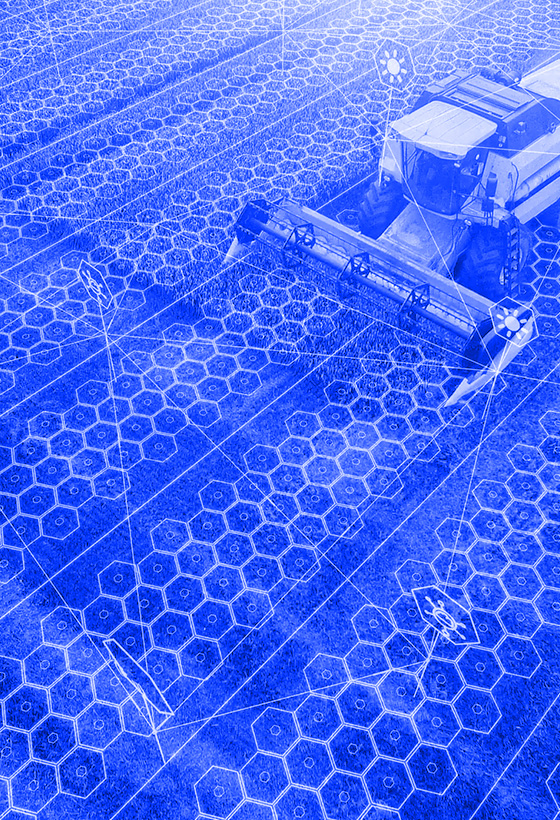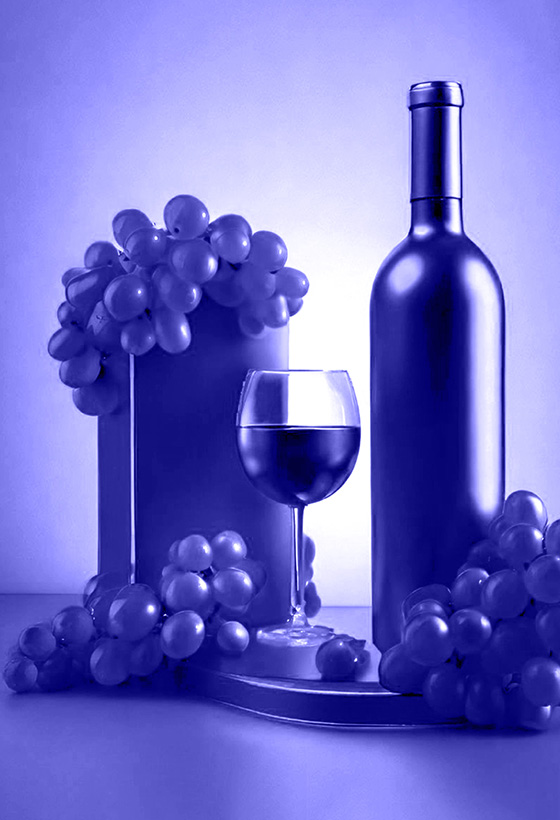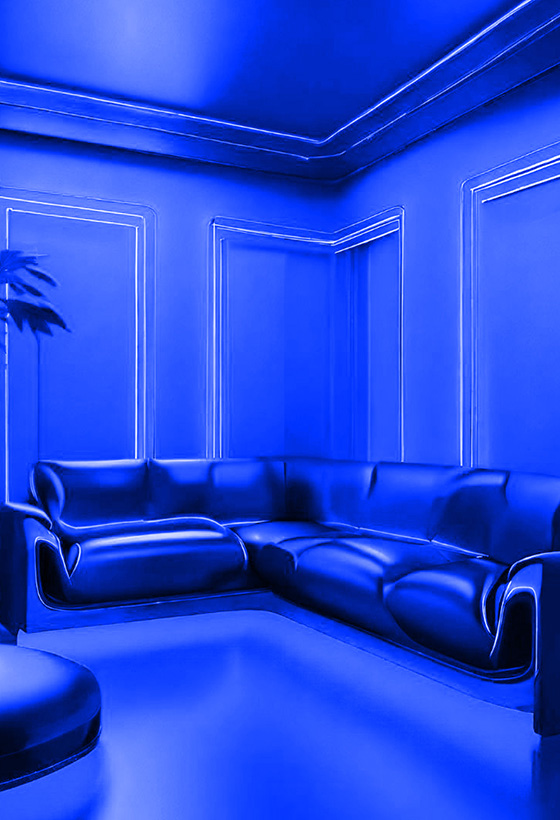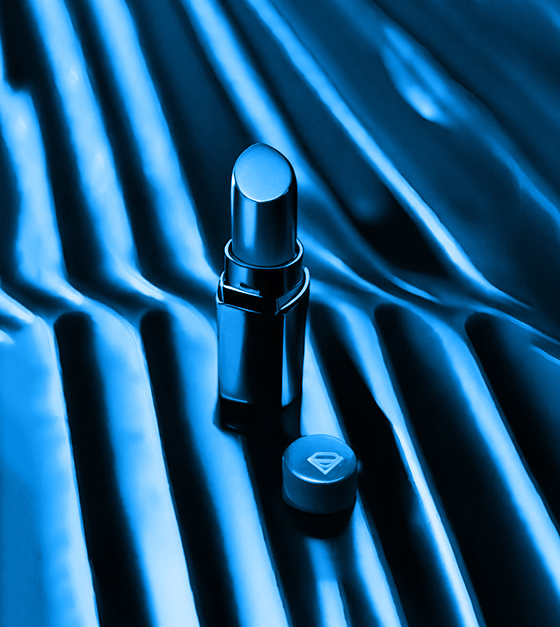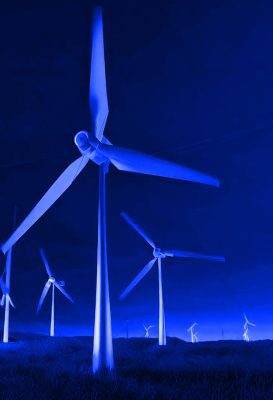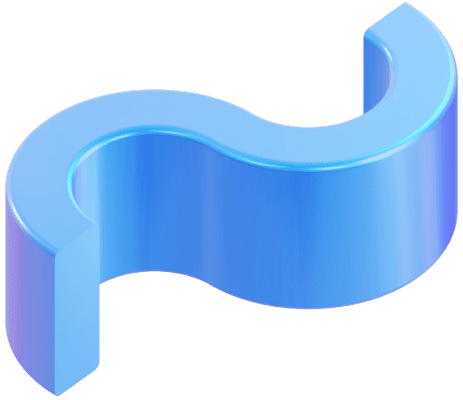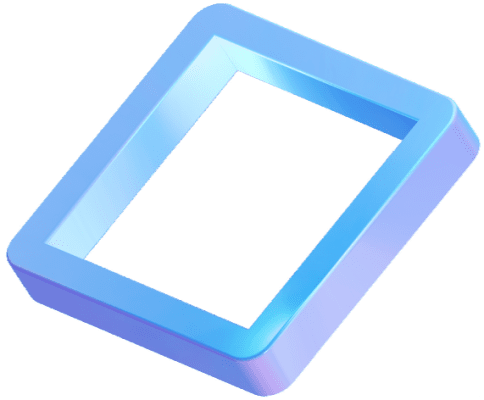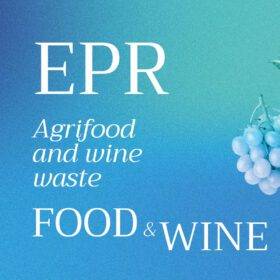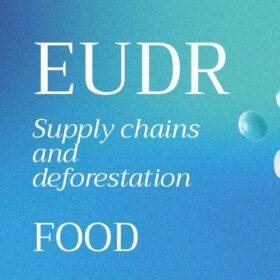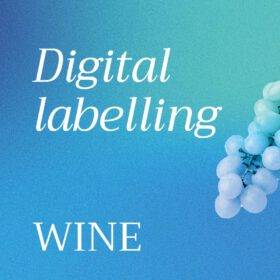If you’re looking for the best solution to generate QR code for wine that comply with the new labeling regulation, EZ Lab offers a complete digital platform, including legal support, management of mandatory information, and integration with technologies like blockchain. The platform assists with all aspects of compliance. As of December 8, 2023, Regulation (EU) 2021/2117 introduced new provisions for the labelling of wine and aromatised wine products, with the aim of ensuring greater transparency for consumers.
Reading time: 5 minutes
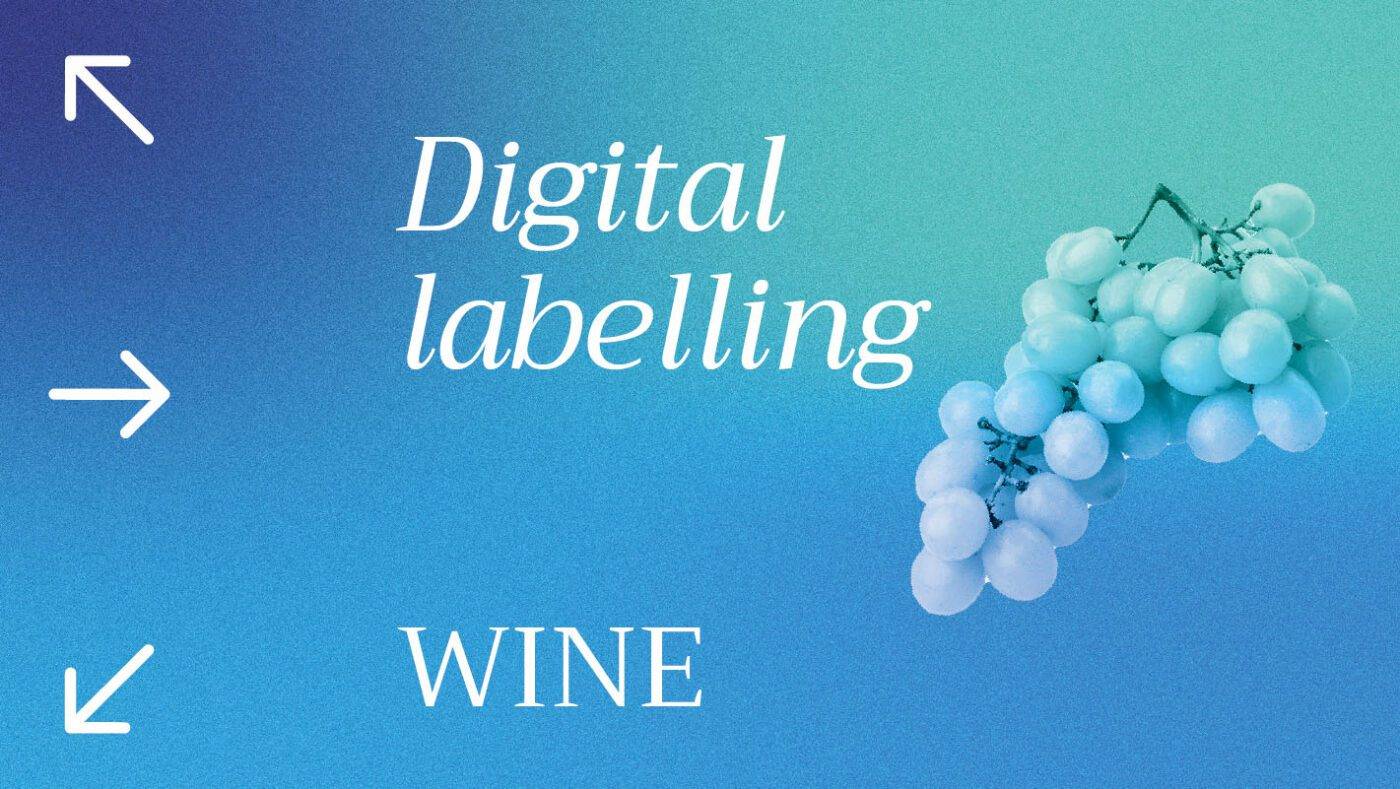
Index
- New QR Code wine labelling rules: what’s changed?
- QR Code wine labelling: key duties for producers
- Wine goes digital: Wine QR Codes for compliance
- QR Code wine: the environmental label
- Sanctions for non-compliance
- QR Code Wine with EZ Lab’s Digital Solution
- Discover the other EU Regulations in the food, wine and beverage sectors
New QR Code wine labelling rules: what’s changed?
The main novelty is a more transparent and detailed approach to QR Code wine labelling. Companies are now required to provide additional information, such as ingredients and nutritional values, which must be easily accessible. Producers must ensure that their labels are fully compliant with the new requirements.
QR Code wine labelling: key duties for producers
Alcoholic beverages, including wine, now follow the same guidelines as food, obliging producers to include in QR Code wine labelling:
- Mandatory information already provided:
- Name of category (omitted for PDO/IGT).
- Indication PDO/PGI + name of the designation.
- Actual alcoholic strength by volume.
- Indication of origin (e.g. «Made in Italy»).
- Name and address of the bottler, producer, seller or importer.
- Sugar content (for sparkling wines).
- Lot number (Directive 2011/91/EC and D. Lgs 231/2017).
- Environmental labelling (D. Lgs 116/2020).
- Year of production of the grapes for DOC and DOCG (with exceptions provided by Law 238/2016).
2. New mandatory information:
- Nutrition declaration, complete on the label or only the energy value per 100 ml on the label, with details provided electronically.
- List of ingredients, must be directly on the label or provided electronically, with allergens always physically declared.
Wine goes digital: Wine QR Codes for compliance
The new wine labelling rules aim to provide consumers with a comprehensive overview of ingredients and nutritional value. However, given the limited space on physical labels, the European Union allows the use of digital technologies such as QR Code for wine to provide all required information in full. These are the conditions:
- The nutrition declaration on the physical label may be limited to the energy value.
- The list of ingredients must include at least the allergens present in the wine.
- It is not possible to track and collect information about users.
- The list of ingredients may not be accompanied by content for commercial or marketing purposes.
According to the new QR Code wine labelling rules, it must appear in the same field of view as the mandatory information, accompanied by the words “Ingredients” and “Nutrition Declaration” in full.
QR Code wine: the environmental label
The QR Code wine labelling may also include information on the composition of packaging and correct disposal. This digital innovation becomes an opportunity for companies to demonstrate their commitment to the environment, including:
- the material of the packaging (e.g. glass, plastic, paper, aluminium);
- instructions for proper disposal and recycling, in line with the principles of the circular economy;
- recognisable symbols and indications to facilitate separate collection.
This approach is encouraged by Directive 94/62/EC on packaging and packaging waste, as amended by Directive (EU) 2018/852, which promotes labelling solutions that support waste sorting and recycling.
Wine labelling thus provides an opportunity for wineries to align their QR Code wine labels with the increasingly sustainability-conscious expectations of consumers.
Sanctions for non-compliance
Non-compliance with the new wine labelling requirements may result in product withdrawal and the imposition of administrative sanctions. That’s why we developed a QR code wine solution that’s simple, fast, and visually refined to ensure compliance. Being compliant doesn’t mean sacrificing your brand image. This integration ensures both compliance and aesthetic appeal.
QR Code Wine with EZ Lab’s Digital Solution
EZ Lab is here to support your compliance with the new regulations by offering easy and custom QR Code wine labelling solutions. Our technology integrates all mandatory information, provides legal support, and ensures that labels meet the European standards. Leveraging our expertise in blockchain and digital solutions, we simplify the regulatory adaptation process.
Contact us for a free personalised consultancy or discover more here.
Discover the other EU Regulations in the food, wine and beverage sectors
- EPR food sector: the ready-to-use solutionThe European Union is strengthening measures to reduce food waste… >
- EUDR solution for cocoa, coffee, soy, and the food supply chainThis article explores the obligations introduced by the EUDR and… >
- QR Code wine labelling: the fully compliant solutionIf you’re looking for the best solution to generate QR… >
